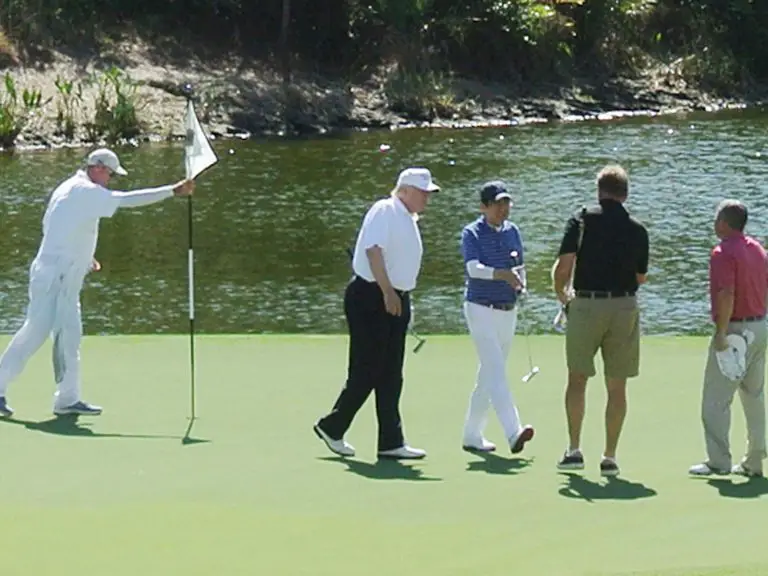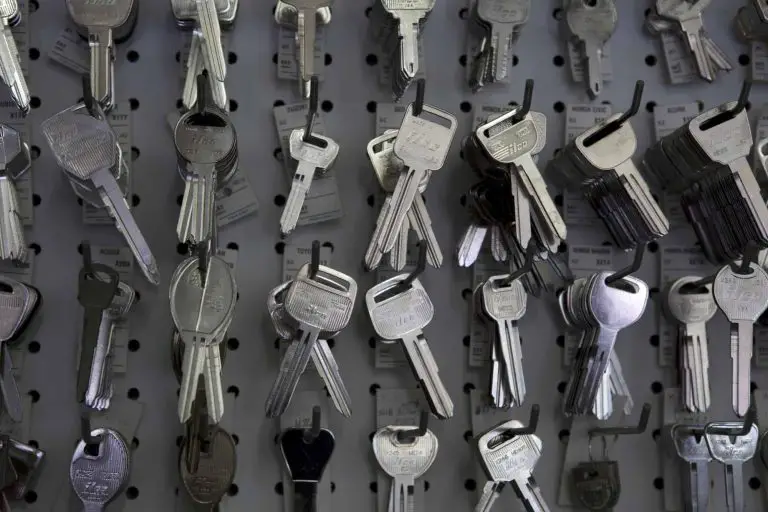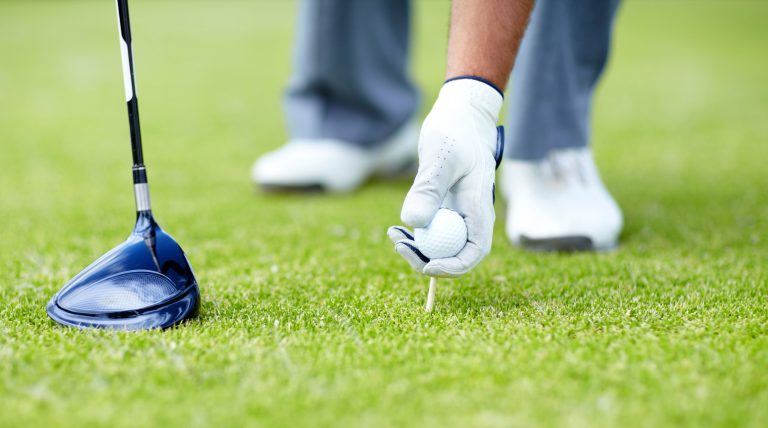Why Are Golf Balls White
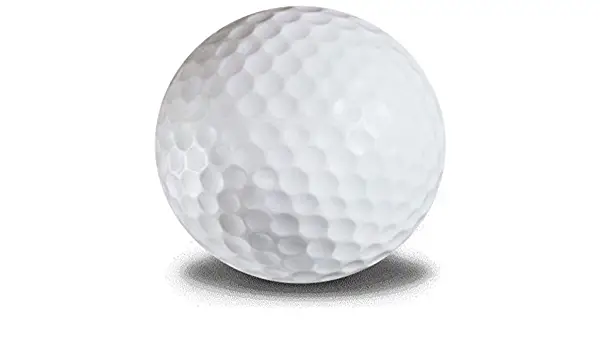
In the vast green expanse of a golf course, the sight of pristine white golf balls gliding through the air is a familiar and iconic image. Golfers of all levels, from amateurs to professionals, have long been acquainted with the dominance of white golf balls in the game. But have you ever stopped to wonder why these small dimpled spheres are almost universally white?
In this exploration of the topic “Why Are Golf Balls White,” we delve into the fascinating factors that contribute to the enduring popularity of white golf balls. Beyond mere aesthetics, there are practical reasons rooted in visibility and tradition that make white the go-to choice for golfers worldwide.
From the earliest wooden balls to the advanced technology of modern golf balls, the evolution of color in this beloved sport has a rich history. We’ll journey through time to understand the influence of tradition and the impact of technological advancements on golf ball coloration.
Moreover, we’ll uncover the scientific underpinnings behind the choice of white golf balls, delving into the composition, pigments, and additives that contribute to their appearance. We’ll also explore alternative colors and high-visibility options that cater to diverse player preferences and specific course conditions.
So, join us as we unlock the secrets behind the enduring brilliance of white golf balls and gain a deeper appreciation for these seemingly simple yet indispensable tools of the game.
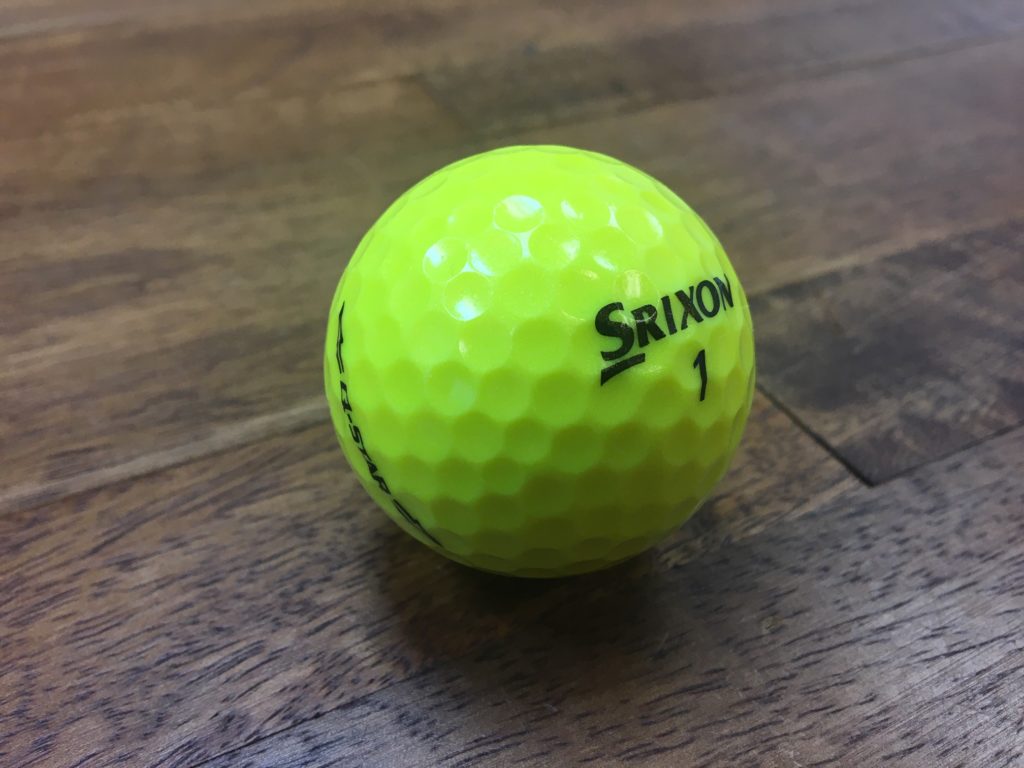
Why are most golf balls white?
When you step onto a golf course, it’s hard to miss the sea of white golf balls dotting the fairways. But why is white the go-to color for golf balls? Let’s examine two primary reasons that contribute to the prevalence of white golf balls: visibility and tradition.
The visibility factor
Golf is a visually demanding sport that requires precision and accuracy. To ensure players can easily spot their golf balls during play, high visibility is crucial. The contrast between the white golf ball and the green grass provides optimal visibility on the course, making it easier for golfers to track their shots.
When a white golf ball is struck into the air, its bright color stands out against the blue sky, making it more visible during flight. This visibility aids golfers in gauging the ball’s trajectory, speed, and distance, allowing them to make adjustments accordingly.
Influence of tradition and aesthetics
Tradition plays a significant role in the world of golf, and the color of golf balls is no exception. Throughout the history of the sport, white golf balls have been the standard choice. This tradition has become deeply ingrained in the game’s culture, further reinforced by its association with elegance and purity.
The aesthetics of golf also contribute to the preference for white golf balls. The clean, pristine appearance of a white golf ball against the green backdrop of the course imparts a sense of elegance and sophistication. Golfers and spectators alike are accustomed to the classic white golf ball, appreciating its timeless appeal.
The science behind white golf balls
While tradition and aesthetics have played a significant role in the color choice of golf balls, there is also a scientific basis for the predominance of white. To understand this, we need to explore the composition of golf balls and the role of pigments and additives.
The composition of golf balls
Modern golf balls consist of several layers that work together to optimize performance. The outermost layer, known as the cover, is typically made of Surlyn or urethane. The cover affects the ball’s durability, spin, and feel upon impact. Beneath the cover, multiple inner layers provide additional structure and contribute to the ball’s overall performance.
The role of pigments and additives
Titanium dioxide is the primary pigment used in white golf balls. This compound enhances the brightness and whiteness of the ball, ensuring maximum visibility on the golf course. Additionally, titanium dioxide offers UV protection and helps maintain the ball’s color over time.
Various additives are also incorporated into the golf ball’s composition. These additives serve multiple purposes, such as optimizing the balance between hardness and softness, providing durability, and ensuring consistent performance across different playing conditions.
Alternatives to white golf balls
While white golf balls dominate the market, alternatives have emerged to cater to different preferences and needs. Let’s explore two popular alternatives: colored golf balls and high-visibility golf balls.
Colored golf balls
In recent years, colored golf balls have gained popularity among golfers. These balls come in a wide array of vibrant colors, allowing players to express their individuality and personal style on the course. Colored golf balls offer increased visibility options, especially for players who struggle with tracking white balls against certain backgrounds or lighting conditions.
Moreover, colored golf balls can be customized and personalized, adding a touch of uniqueness to a player’s equipment. Many golfers enjoy the ability to stand out from the crowd while enjoying the performance benefits offered by these alternative-colored balls.
High-visibility golf balls
For golfers seeking enhanced visibility without straying too far from the classic white, high-visibility golf balls provide an excellent solution. These balls are specifically designed with bright, fluorescent colors that create high contrast against the green surroundings. They excel in low-light conditions, foggy weather, or when playing on courses with dense foliage.
High-visibility golf balls combine the benefits of traditional white golf balls with improved visibility, making them a popular choice among golfers who want to maximize their chances of quickly locating their balls during play.
Historical context and evolution of golf ball color
To fully understand the prevalence of white golf balls, it’s essential to explore the historical context and the evolution of golf ball colors throughout the sport’s development. Let’s take a trip back in time and examine the various stages of golf ball coloration.
Early golf ball colors
In the early days of golf, balls were far from the familiar white we know today. Wooden golf balls were among the earliest forms used, offering limited durability and performance. These balls were not known for their vibrant colors but were instead carved from hardwoods like beech, boxwood, and even pear.
As the sport progressed, featherie balls came into play. These balls were made from leather stuffed with feathers and then sewn together. While they introduced some level of standardization, featherie balls were predominantly dark in color, ranging from black to brown.
Impact of the gutta-percha era
The 19th century witnessed a significant shift in golf ball composition with the introduction of the gutta-percha ball. Gutta-percha, a natural latex derived from the sap of the Malaysian sapodilla tree, revolutionized golf ball manufacturing. These balls were molded rather than hand-sewn, offering improved consistency and performance.
White emerged as the dominant color choice during the gutta-percha era. The whiteness of gutta-percha balls was associated with their exceptional visibility against the predominantly green golf course. Players embraced the advantages of white gutta-percha balls, further solidifying the preference for white golf balls in the sport.
Modern developments in golf ball color
The transition from gutta-percha balls to the rubber-core balls of the early 20th century brought further advancements in golf ball technology. While the materials and construction methods evolved, white golf balls maintained their popularity and prevalence on the market.
With advancements in technology, golf ball manufacturers were able to improve the performance and durability of white golf balls. Today, golf balls are meticulously designed and engineered to provide optimal performance across different swing speeds, playing styles, and course conditions, while still adhering to the traditional white color.
Factors influencing golf ball color selection
Several factors contribute to the selection of golf ball colors, going beyond personal preference. Let’s explore three key influencers in the decision-making process: professional golf tournaments and regulations, player preferences and superstitions, and marketing and branding considerations.
Professional golf tournaments and regulations
Professional golf tournaments have specific rules and regulations governing golf ball color. The rules stipulate that the golf ball must be predominantly one color, with white being the most commonly accepted choice. These regulations aim to maintain consistency and fairness across tournaments, ensuring a level playing field for all competitors.
While professional golfers may have personal preferences for ball color, they must adhere to these rules when participating in tournaments. As a result, white golf balls continue to dominate professional play.
Player preferences and superstitions
Golfers, both professional and amateur, often develop preferences for specific ball colors based on personal experiences or superstitions. Some players may believe that a particular color brings them good luck or helps them focus better on the course.
Additionally, superstitions and rituals play a role in color selection for some golfers. They may stick to a particular color because it has been associated with past successes or simply because it has become part of their routine and psychological preparation.
Marketing and branding considerations
Golf ball manufacturers recognize the importance of visual appeal and branding in attracting consumers. While white remains the most prevalent color in the market, manufacturers have started introducing balls in various colors to cater to different consumer preferences.
Branding efforts often involve unique color schemes and visual designs on golf balls, allowing manufacturers to differentiate their products from competitors. Golfers, too, may be drawn to particular brands or designs based on their visual preferences and personal style.
In conclusion, the predominance of white golf balls can be attributed to a combination of factors, including visibility on the golf course, tradition, aesthetics, and historical developments. While alternatives such as colored and high-visibility golf balls have gained traction, white golf balls continue to be the standard choice in the sport. Golfers, both professional and amateur, have their own reasons for selecting specific colors, ranging from personal preference to superstitions. As the game evolves and technology advances, we may see further diversification in golf ball colors, but the classic white ball will likely remain an enduring symbol of the sport’s heritage and elegance.
So next time you step onto the green, take a moment to appreciate the humble white golf ball, a small but essential part of the game we all love.



